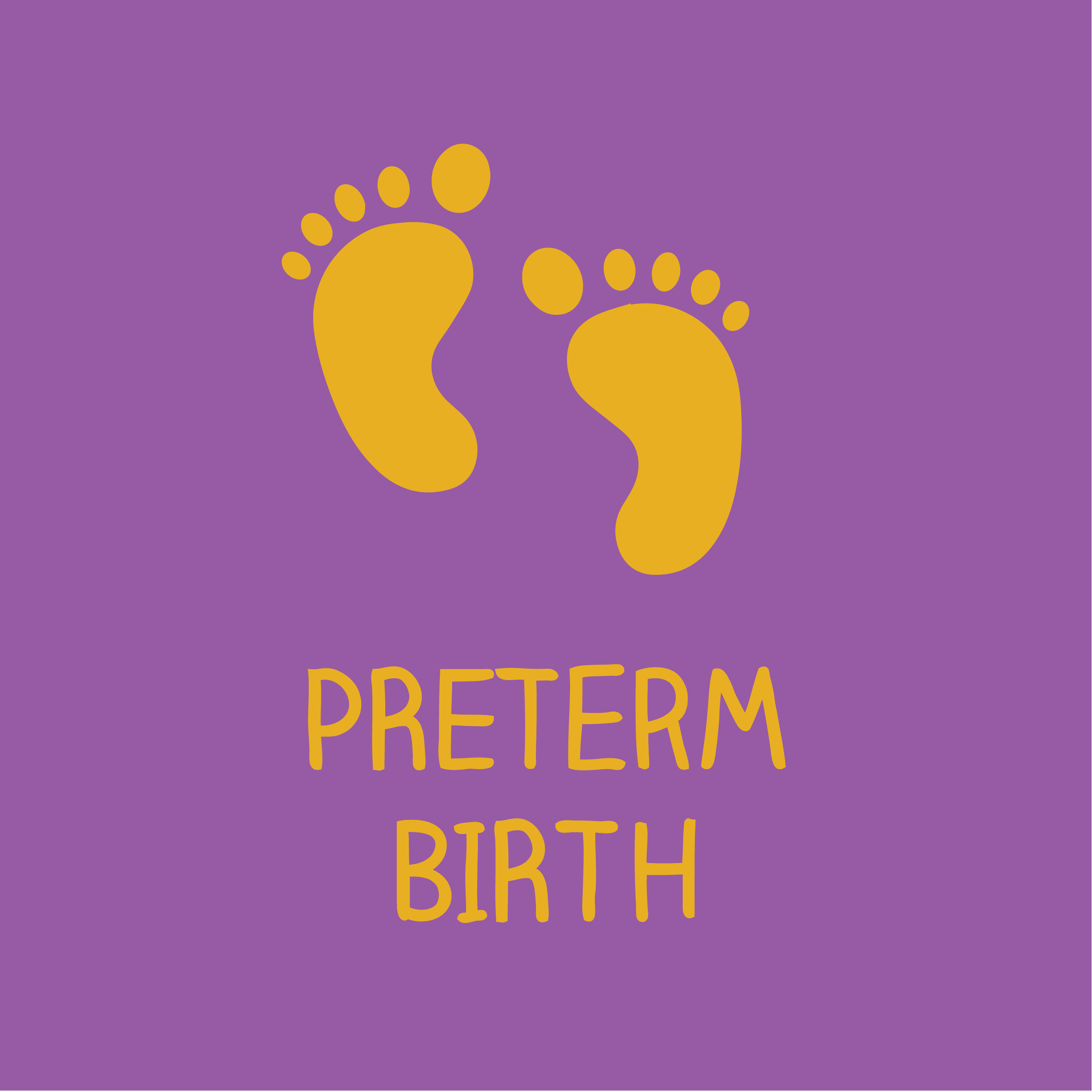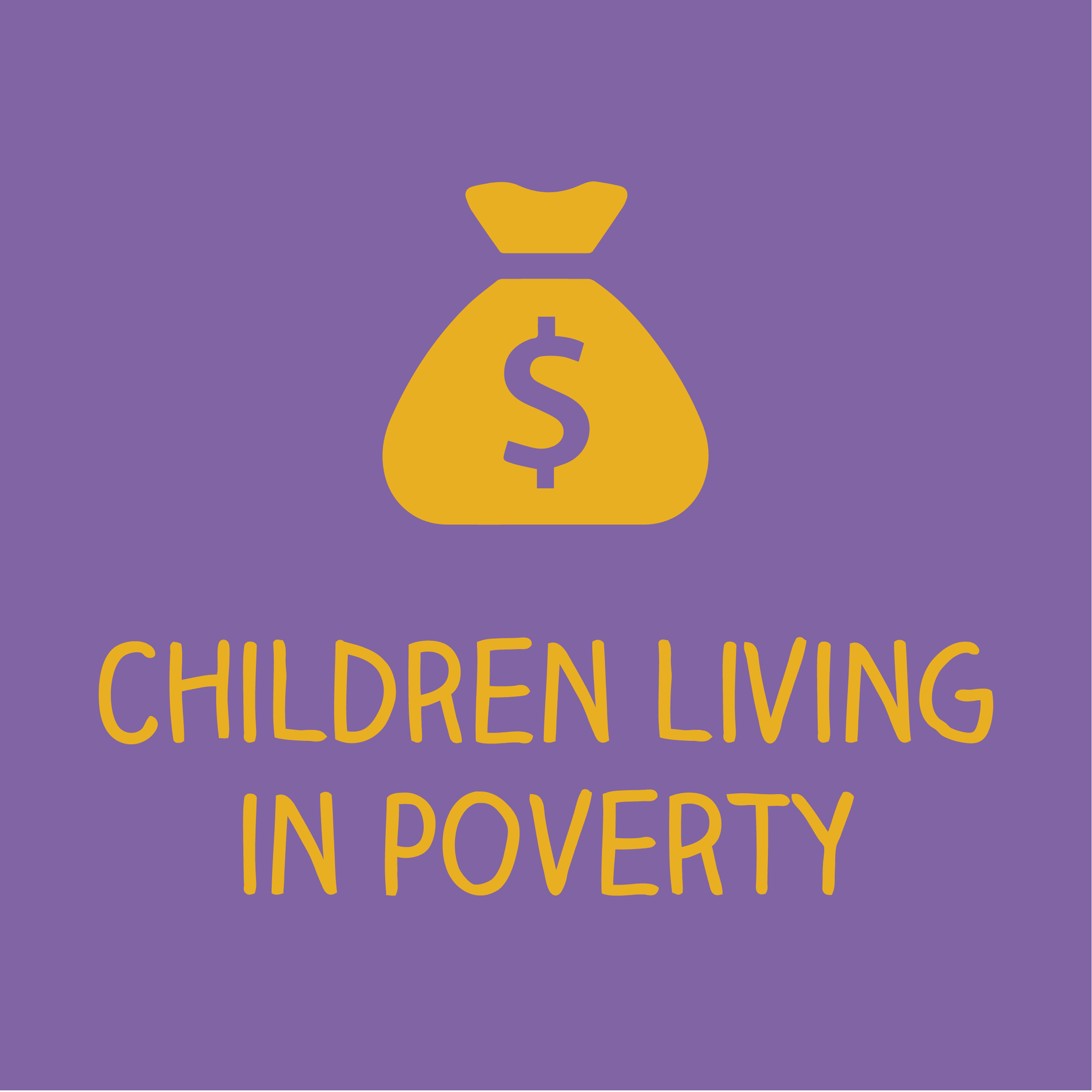
All children and their families have access to, and support for, healthy development, emotional well-being, and educational achievement.
The Expectation
- All children and their families have access to high-quality development and education opportunities, from child care for infants and toddlers through early elementary school, including after school and summer learning.
- All children and their families have access to support and intervention services that allow each child and family to take advantage of that education—including safe housing, healthy food, safe transportation, and health and dental care.
- Adults will pay attention to factors impacting school attendance and remove these barriers.
The Why
To fully participate in their education and developmental opportunities, children need to be healthy, safe, and present. This means their families need access to safe housing, healthy food, quality health care (including vision and dental care), and transportation.
But simply offering a needed service doesn’t mean it will reach the right child in the right place at the right time. There are currently gaps in enrollment in the earliest educational services such as preschool, where the participation rate for Latinos is 40 percent (compared to 50 and 53 percent for African-Americans and Caucasians, respectively), and the enrollment for lower-income children is 41 percent compared to 61 percent among children in higher-income categories.
Rates of participation in after-school programs are relatively low among disadvantaged and minority youth. The reasons cited for this include participant fees, poor access to safe transportation, and conflicts with other responsibilities.
Unlocking the supply and demand issue for access requires six keys.

The Science
Access to services is multidimensional, beginning with Awareness that services exist (for example, for education these may include state-funded pre-K programs, after-school or summer programs, or libraries), what the service provides, and how to obtain the services. The ability to enroll in services, even free ones, must start with awareness.
Services must be Affordable, based on the income level of the child and family. These services include those directly related to education such as preschool programs, after-school programs, and summer educational offerings, as well as support services such as ones for health and dental care.
Another key question is whether the services are geographically Accessible and located in the area needed by that population. Studies demonstrate that health care is generally less geographically accessible for lower-income children and/or those in rural areas.
It’s also necessary that a service is Available in sufficient quantity to meet a population’s needs. There’s a body of work linking the availability of books and other printed materials to language and/or reading development at various ages. Most youth are purchasing materials rather than obtaining them from schools or libraries. The study found the most popular materials were available in limited supply in schools, but that ensuring classrooms were book-rich could be helpful toward reading development.
Services should also be Accommodating, where the form and timing of delivery meets the needs of the population. This is especially important for health care, where normal operational hours may require students to be absent from school to obtain health care, dental care, or vision exams. The more a child is absent from school, the greater the gaps in learning and achievement. Services also must accommodate those with disabilities, such as hearing or vision problems. For reading materials, this implies libraries should have good ways for those with disabilities to access materials.
Services should be Acceptable, which implies there’s a match between the service and provider and the population being served. This key also encompasses some aspects related to English-as-a-second-language learners, where studies have found some instructional techniques are more suited than others. We believe having access to needed supports and services means all of these six criteria are met: awareness, affordability, accessibility, availability, accommodating, and acceptability.
The Value
We believe having access to needed supports and services means all of these six criteria are met: awareness, affordability, accessibility, availability, accommodating, and acceptability.
How Are We Doing?
Check out this population-level data indicating current conditions related to access to health care and high-quality, developmental, educational, and supportive services.
Learn from the Experts
How Are the Children?
Ellyn Cochran, then United Way of Greater Atlanta’s senior director of Early Learning and Development, says all Get Georgia Reading Campaign communities need to rethink this question when assessing children’s well being.
Fueling A Love of Learning
Emily Rubin, then the director of Marcus Autism Center’s Educational Outreach Program, emphasizes the importance of creating a positive learning environment where social-emotional engagement is the fuel for a child’s learning.
Improving Literacy by Listening
Suzanne Harbin, director of the Early Childhood Initiative at the Community Foundation of Northwest Georgia, shares a vital lesson about the importance of talking to and listening to families.
Leading Literacy and Advancing Learning in Clayton County
Ebony Lee, Clayton County Public Schools assistant superintendent, detailed a solution-oriented approach to ensuring more students receive a “master key”—literacy—that unlocks potential and pathways to successful, productive lives.
The Power and Magic of Reading and Learning
Sara Lee Crumbs, Quitman County Family Connection coordinator, said something magical happens when likeminded individuals who believe in the power of learning and literacy come together and decide to meet parents where they are.
Adult Education: The Other End of the Spectrum
Cayanna Good at Technical College System of Georgia talks about a strong predictor for high school graduation outcomes: the reading level of the parents of Georgia’s 1.7 million students.
What Happens to Children Who Are Born Too Soon
Dr. Lucky Jain, chair of the Department of Pediatrics at Emory University School of Medicine, describes the effects of preterm birth on a child’s capacity to learn.
Access: Denied
Fran Gary, then CEO of Amerigroup Georgia, explains that without access, children can only hope to survive, not thrive.
Business Community Supporting School Readiness in Savannah
Paul Fisher of the Savannah Early Childhood Foundation tells how the business community is supporting school readiness in Savannah.
How Reading is Healing a Fractured County
Beth Capuson, coordinator for Seminole County Family Connection Collaborative, shares the story of how a rural county improved third-grade reading scores from 72 percent to 95 percent.
The Impact of the Summer Slide on Children’s Success
Horizons National looks at the academic trajectory of two children—one from a lower-income family, the other from a middle-income family.
The Picture of Early Education in Georgia
Bentley Ponder of Bright from the Start: Georgia Department of Early Care and Learning (DECAL) paints a picture of early education in Georgia.
The Role of Health in Supporting Grade-Level Reading
Dr. Brenda Fitzgerald, then commissioner of the Georgia Department of Public Health, reveals why grade-level reading is a matter of health.
What’s Happening?
Your stories are important! Share them with us and inspire others to take action.
Partner Resources
- Attendance Works:This nationwide effort promotes better policy and practice to increase student attendance and reduce chronic absenteeism and has developed an interactive story map, highlighting the 4 percent of school districts that represented half of the nation’s chronically absent students in 2013-14. Every September, it’s Attendance Awareness Campaign provides schools, community partners and policymakers with tools and resources to promote attendance.
- Books for Keeps: Launched in Athens, Georgia, in 2009, this program works to address barriers related to the accessibility and appeal of reading material by enabling children to choose 12 books at the end of the school year to ensure they have access to books during the summer. Since its launch, it has expanded into new communities with a goal of growing statewide.
- Bright from the Start (DECAL): Parents of children ages 0-5 can get family friendly information about child care programs, parenting tips, and access to meals.
- The Campaign for Grade-Level Reading: Our national partner’s website shares ideas and inspiration from communities across the nation and also offers a robust schedule of engaging and informative webinars. Watch Ralph Smith, the national Campaign’s managing director, discuss the power of the Get Georgia Reading Campaign’s four-pillar framework.
- DevelopingSoundSense.org: The Georgia Preschool Association sponsors resources to teach your child to read, including games, lessons, and flashcards.
- Dolly Parton’s Imagination Library: Dolly Parton aims to foster a love of reading among preschool children and their families by mailing children one free, age-appropriate book per month from birth to age 5. Parents can register their children for this program that’s available in Georgia in Bartow, Camden, Catoosa, Chattahoochee, Clarke, Colquitt, Cook, Dade, Dawson, Decatur, Echols, Elbert, Greene, Hall, Hart, Jefferson, Johnson, Lincoln, Lowndes, Lumpkin, Macon, Marion, Mitchell, Muscogee, Oconee, Oglethorpe, Richmond, Stephens, Talbot, Taylor, Thomas, Tift, Towns, Walker, Washington, White, and Worth counties and Savannah.
- Ferst Readers: Through partnerships with local, all-volunteer Community Action Teams, Ferst Readers provides books to enrolled children in the mail every month until their fifth birthdays to prepare them for reading and learning success.
- Georgia Early Education Alliance for Ready Students (GEEARS): GEEARS champions policies, promotes innovative and evidence-based practices, and works to build public will to support high-quality early learning and healthy development for Georgia’s youngest children.
- Georgia Pathways: This resource for deaf and hard-of-hearing children, their families, and their community provides information about how to locate statewide programs and partners, access services, and obtain resources for families and professionals.
- Georgia SHAPE: The Governor’s statewide, multi-agency, and multi-dimensional initiative that brings together governmental, philanthropic, academic and business communities to address childhood (0-18) obesity in Georgia.
- Georgia Statewide Afterschool Network: GSAN is a public-private collaborative that advances, connects, and supports high quality afterschool and summer learning programs throughout Georgia.
- Horizons National Summer Learning: This tuition-free, summer academic program serves low-income public school students at independent schools, colleges, and universities.
- National Summer Learning Association: NSLA’s vision is that all children and youth have access to high-quality summer learning experiences to help them succeed in college, careers, and life.
- Pre-K Summer Transition Programming: DECAL’s six-week intensive academic program is for rising kindergarteners that meet specified criteria. The experience is designed to reduce the achievement gap by providing additional family support and resources to targeted high-needs populations.
- Quality Rated Child Care: DECAL offers an online search tool to find “Quality Rated” early-learning programs along with tips about choosing the best child care program.
- Read Right from the Start and its Cox Campus:A robust set of free online courses and resources designed by the Rollins Center for Language and Literacy for families, educators, education leaders, and healthcare professionals.
- School Climate Star Ratings: Schools that provide a warm, welcoming, and nurturing environment to students and staff tend to have higher attendance rates, better test scores, and higher graduation rates. The GaDOE evaluates and measures school climate for parents and stakeholders with a 1-5 star rating. The comprehensive report that schools receive helps them identify and address areas in need of improvement.
- Summer Food Service Program: Many children go hungry during the summer and can fall behind in school. To ensure all kids have access to nutritious meals and learning opportunities to keep them on track year round, DECAL and the GaDOE have a summer meal program locator.
- Women, Infants, and Children Supplemental Nutrition Program (WIC): This federally funded health and nutrition program is for children ages 0-5 and women who are pregnant, nursing, or have recently given birth.
Need more assistance? Check out additional Campaign resources.
Check out the Bibliography of Scholarly & Related Articles.








